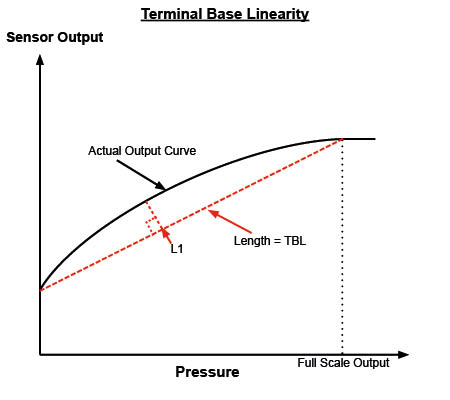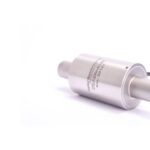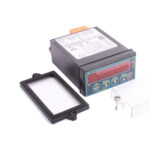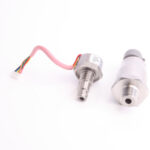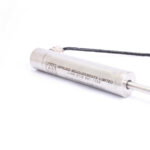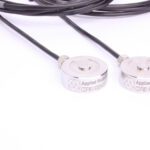Linearity error is the deviation of the sensor output curve from a specified straight line over a desired pressure range. This linearity error is also defined as non-linearity.
The linearity error value is normally specified as a percentage of the specified pressure range. If a sensor is only used over half the specified range and you are able to set the maximum value to be used then the linearity error is calculated from this value, which of course is going to provide improved accuracy over that specified by the manufacturer.
There are two common ways of specifying the linearity error:
BFSL
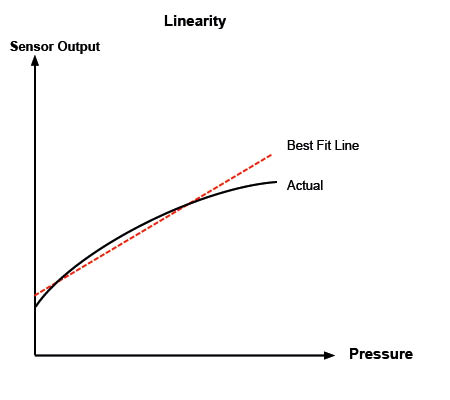
BFSL stands for best fit straight line. The error is specified as the maximum deviation +/-x% of span of output value from the straight line.
TBL
TBL stands for terminal base linearity or end-point linearity. TBL is determined by drawing a straight line (L1) between the end data points on the output curve. The data point is chosen to achieve the maximum length of the perpendicular line.
As the shape of the output curve is repeatable, it is possible to linearise the output using external electronics, such as compensation circuits or a microprocessor.
Normally the linearity error is the least significant of all the errors in any given pressure sensor: commonly in the region of 0.1 to 0.2 or better. This very much depends on the material used for the diaphragm, as some materials, such as stainless steel and aluminium alloys have very linear sections, whereas others such as high carbon steels are very curved. In such cases it is difficult to determine the elastic area of the diaphragm material to achieve long life together with accurate linearity.
Read more: Index to all of our Technical Notes on Pressure
Interested in discussing your sensor’s linearity? Let us call you…
Why Us?
- Suppliers of top quality strain gauge sensors and transducers to every corner of industry – UK and worldwide
- Over 100 years of expert transducer knowledge
- Our high quality products all come with a 3 year warranty


